We’re going to talk about why we prune our trees. Liability is our number one priority at M.D. Tree Surgery. When it comes to pruning your trees, aesthetic value is important (espalier and topiary is an artistic ornamental form of pruning on smaller trees). Safety, however, is the most important reason.
Prune trees to provide clearance for walkways and traffic. Several cities have an 8-foot clearance ordinance around sidewalks. This prevents pedestrians from being poked in the face and eyes in parking areas and streets, and large trucks from getting damaged when making deliveries or picking up trash. Alleyways are the number one location for poor walkway clearance.
Prune trees to reduce interference with utility lines. When trees grow into and over the power lines they can burn, causing power outages. When a branch falls onto the lines, sending electrical current down through the branches, this can be dangerous, even fatal, when working around power lines. Always call an expert, M.D. Tree Surgery, which is line clearance certified.
Prune trees to reduce the risk to people and property. Removing dead and dying branches, and reducing the weight of heavy horizontal branches prevents risk of damage. Late spring into early summer is when tree growth and branch weight is at its peak: trees are coming out of dormancy, and high water content and gusting winds may result in significant breakage causing damage to people, property and trees. The large cottonwood trees that fill our Lahontan Valley have unique characteristics. We at M.D. Tree Surgery know what those features are, how to prune them, or determine whether removal is necessary when trees exhibit a compromised root system or heart rot resulting from wood-decaying fungi. In addition to the cottonwood, there are many large elm trees and several other non-indigenous trees in Fallon.
Cotton from poplar and cottonwood trees is at peak production primarily during June and July. The cotton or cotton seed pods are extremely flammable and burn very rapidly. Fires are caused when people burn this debris. Rake the cotton and leaves and wet the area around the pile before burning. If you don’t, you could cause damage to the tree, destroy your property or your neighbor’s. So be responsible. Minimize the risk. Meet safety precautions or please DO NOT BURN!
As always, topping trees is not an option. This can kill trees or significantly reduce their lifespan and may lower property value. When buying property, have an ISA-certified arborist inspect any trees on the property. Realtors should do this but normally do not unless it's required. The cost of removing large, dead cottonwood trees or poplar tree branches hanging over your new home can run into thousands of dollars. M.D. Tree Surgery is an ISA-Certified arborist and routinely do inspections of trees for homeowners.
Our work is based on training, science and decades of experience. We know these trees. If you have any questions, contact Marco DiGiacinto at M.D. Tree Surgery.
Email: [email protected] or call 775-867-2944 or 775-217-9009.
Photo of before and after by Marco Digiacinto, M.D. Tree Surgery.

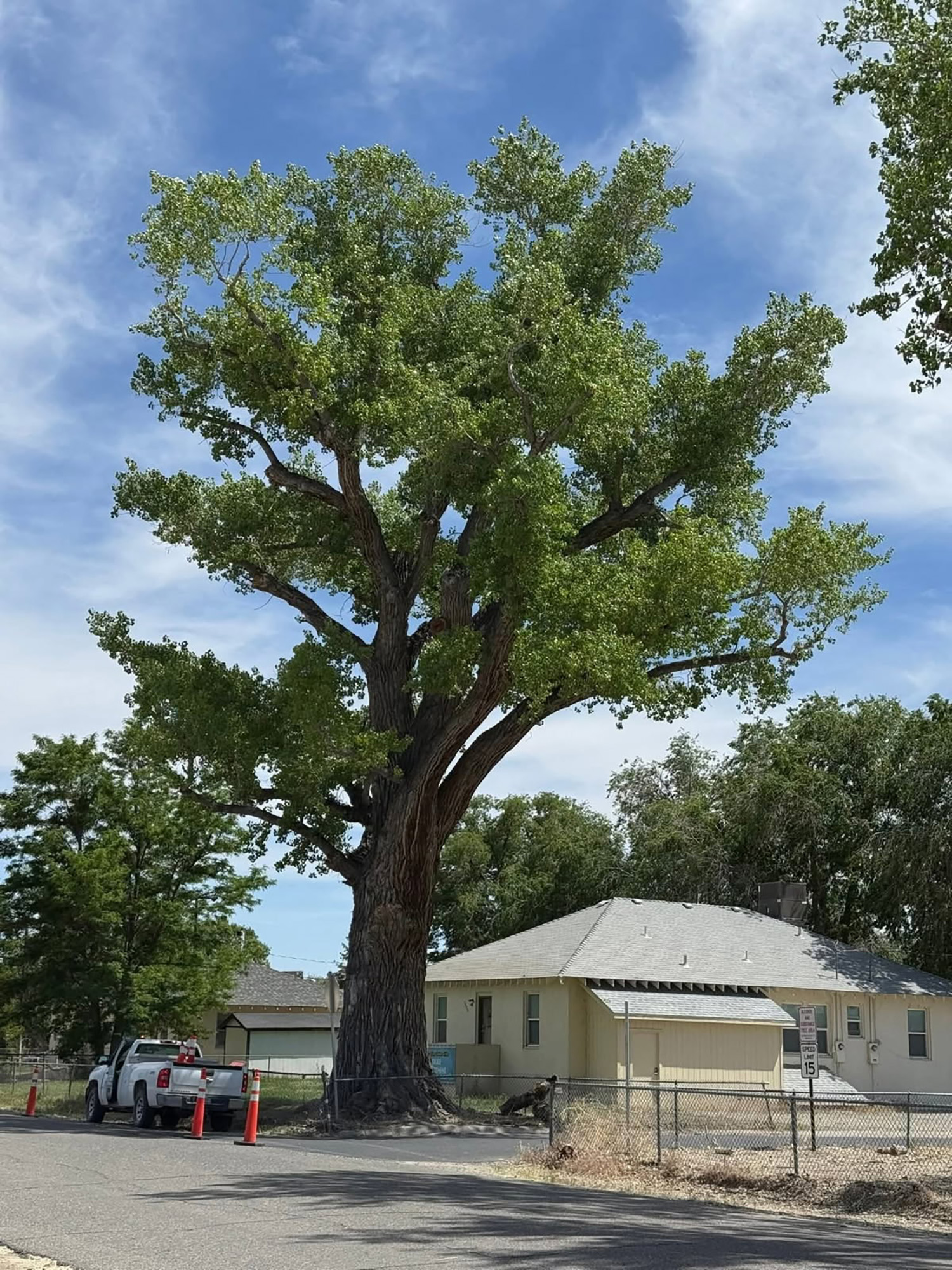


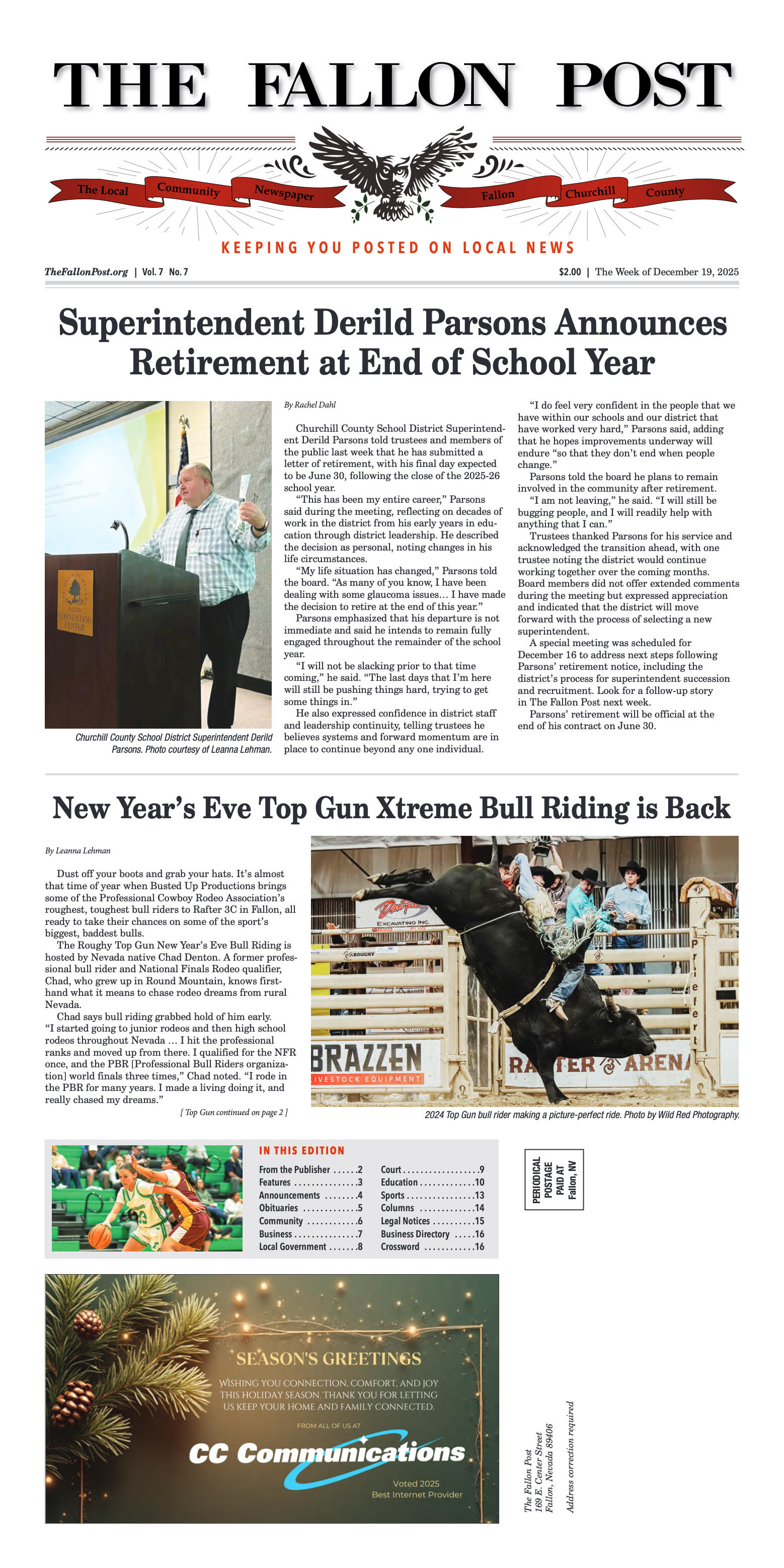
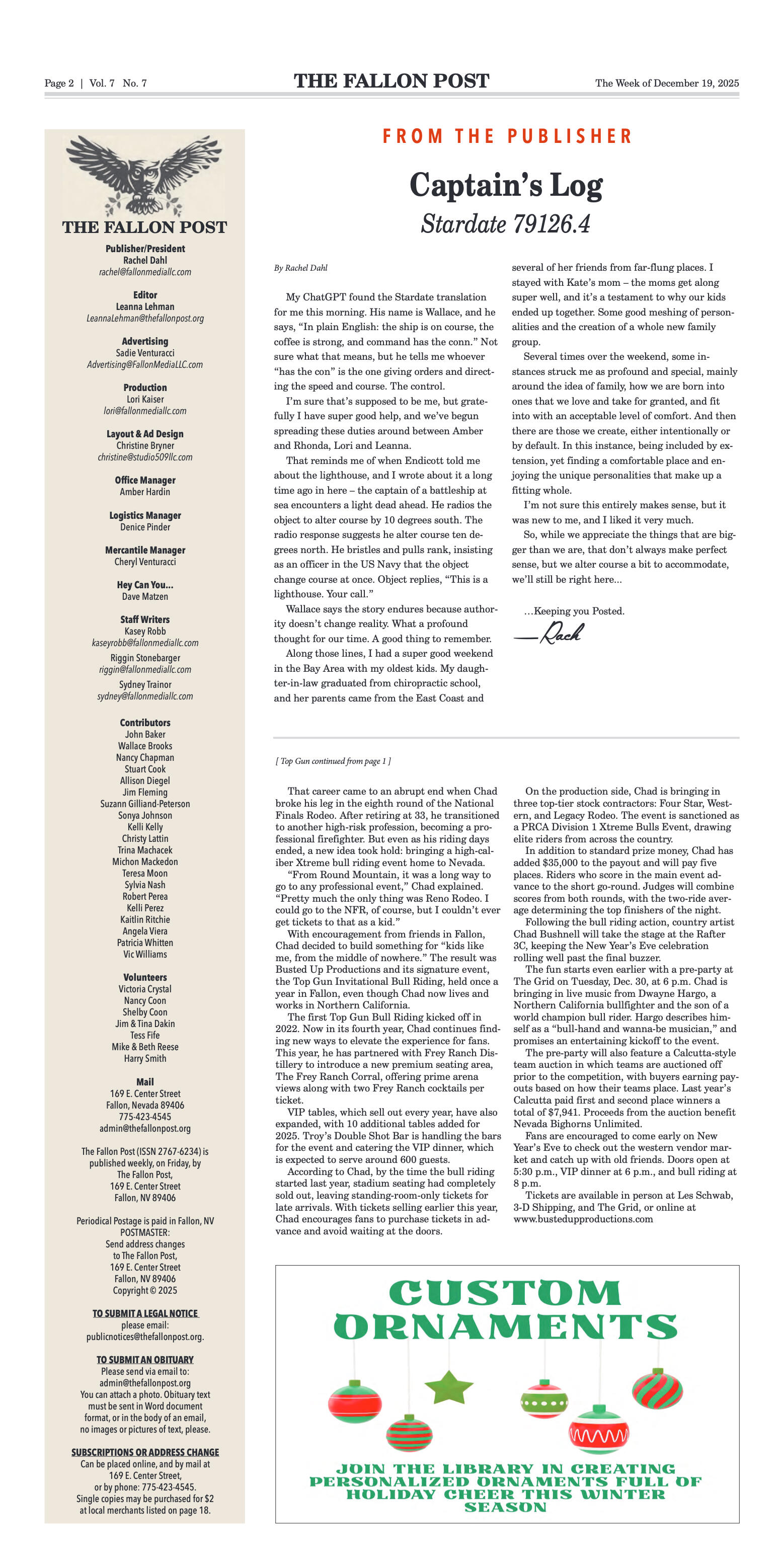
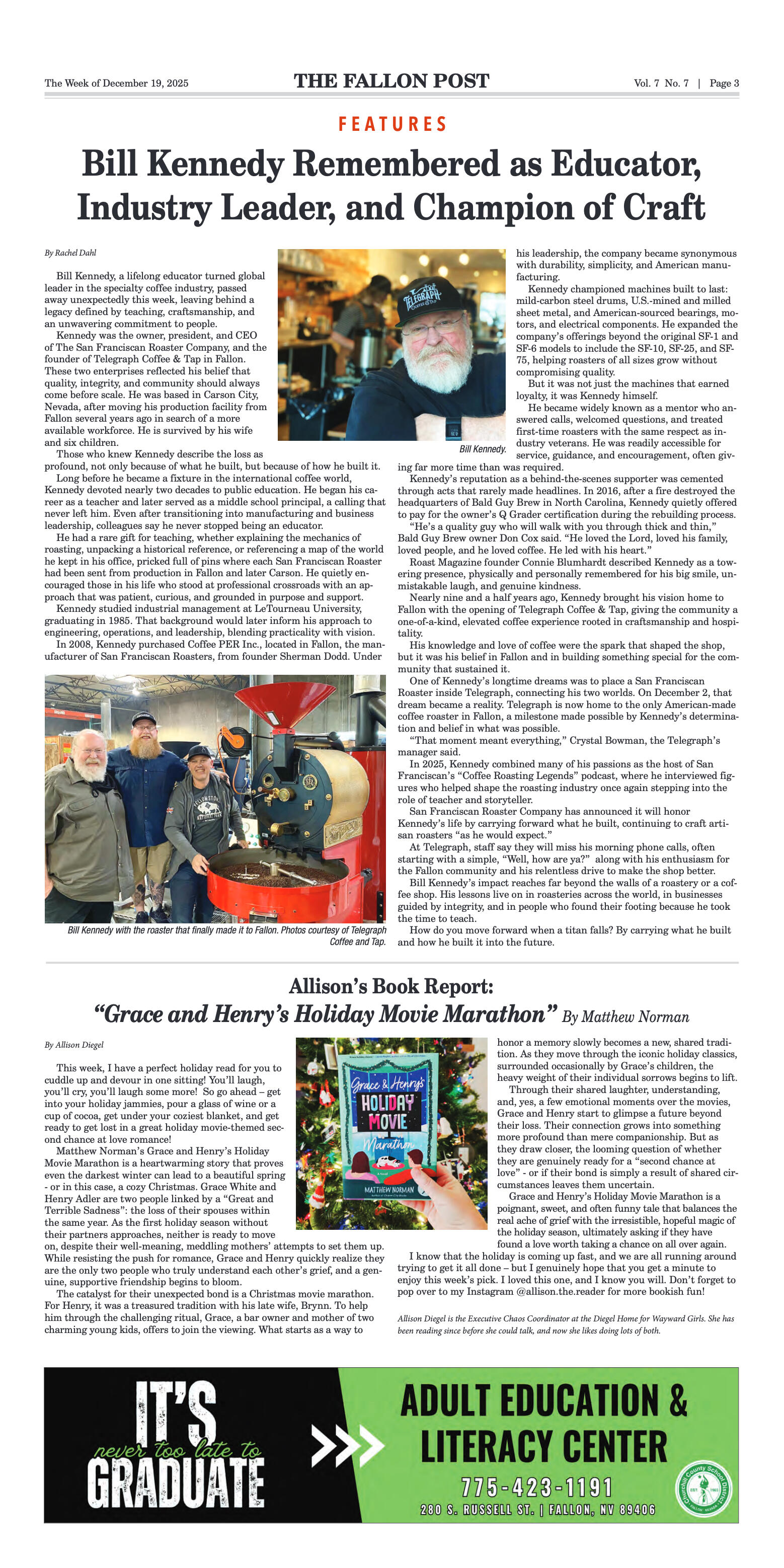
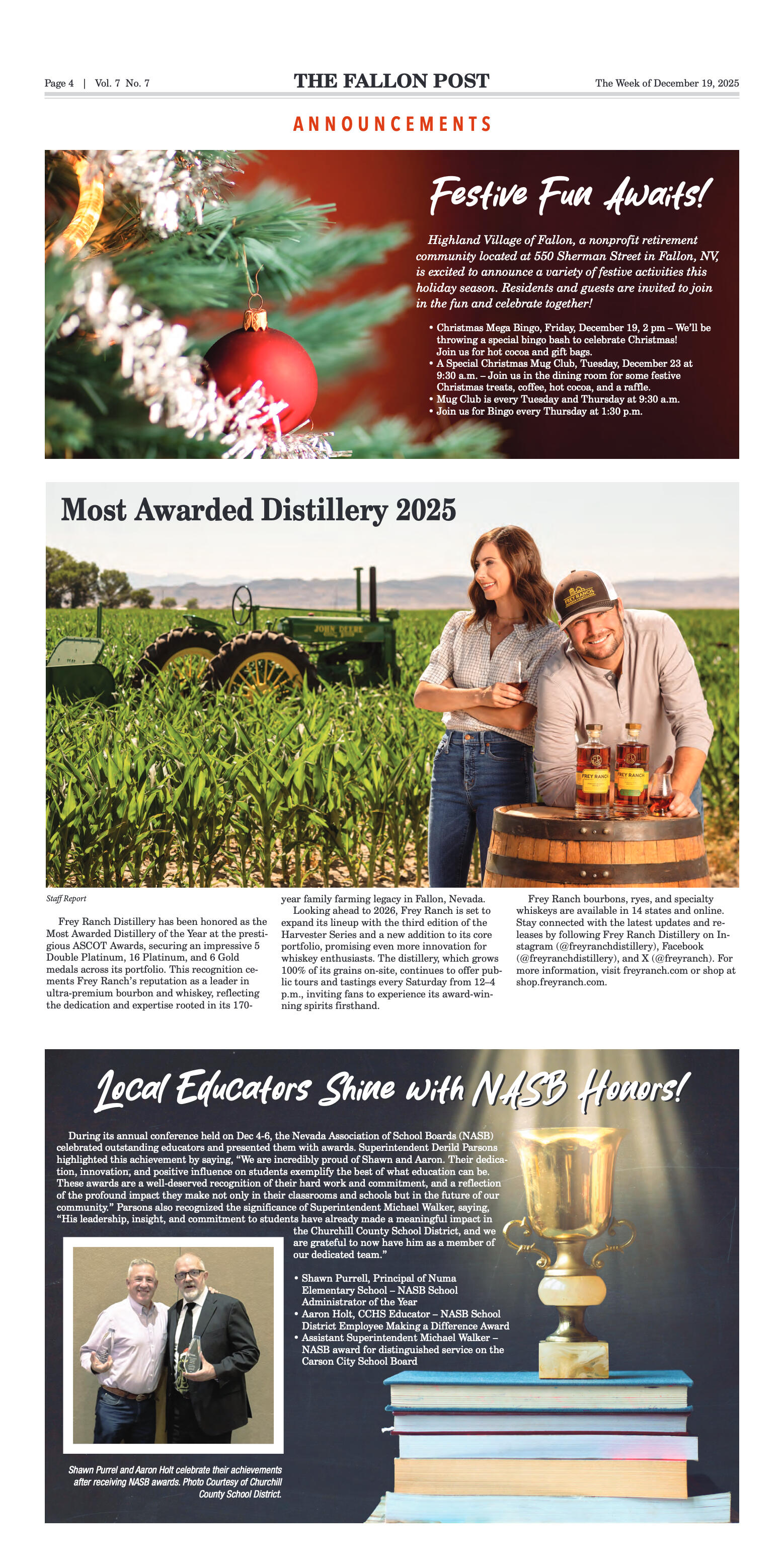
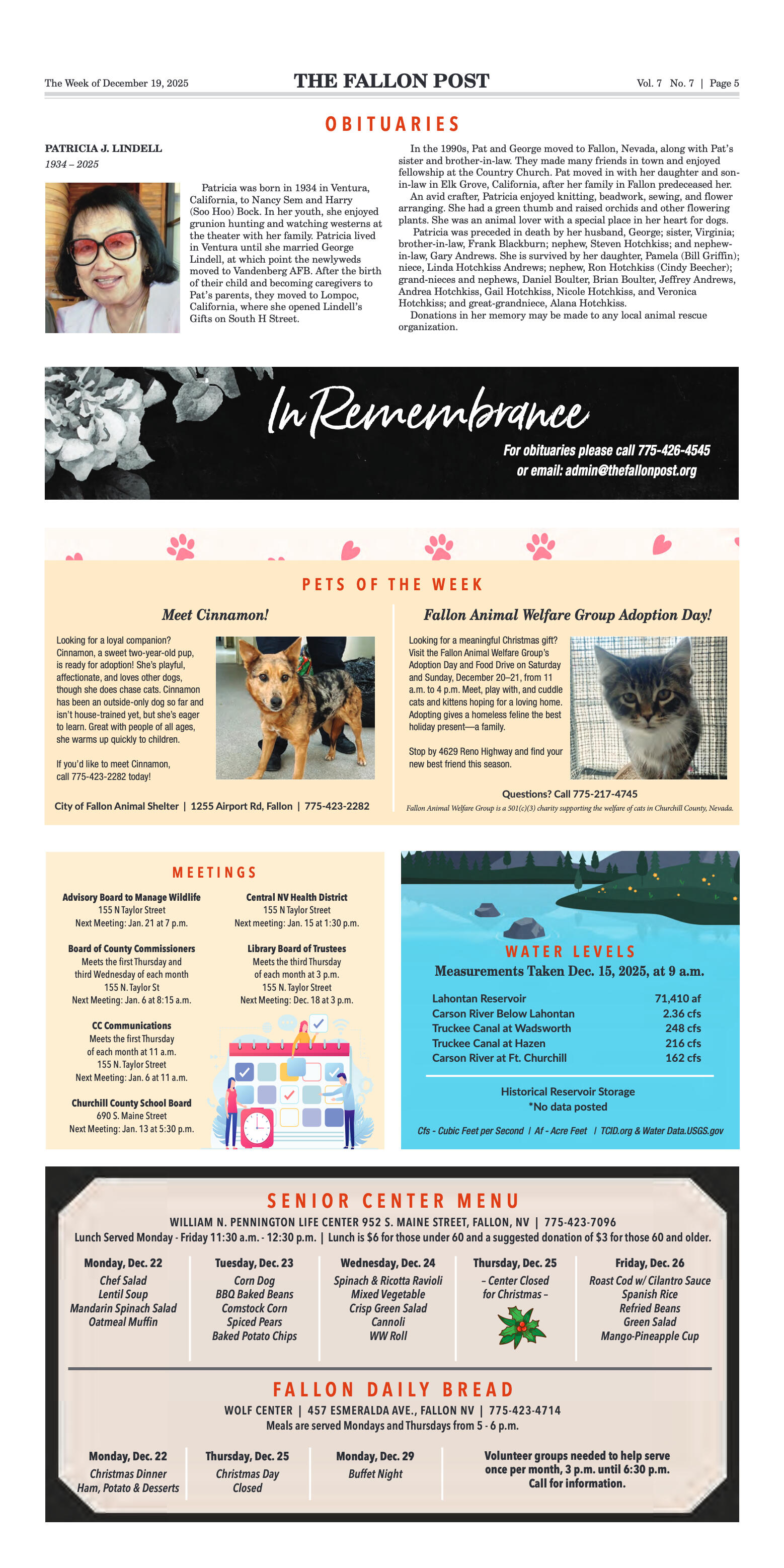
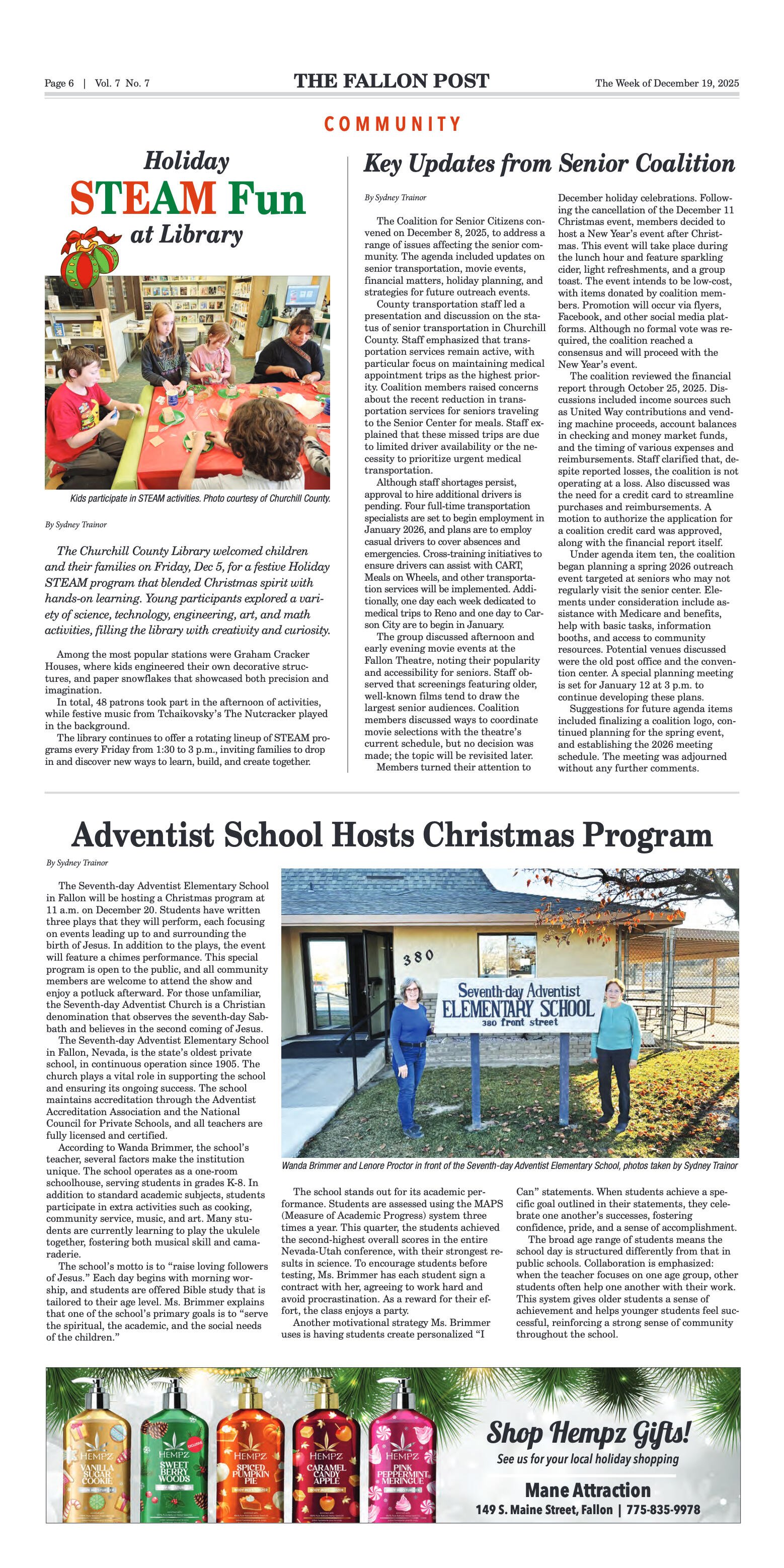
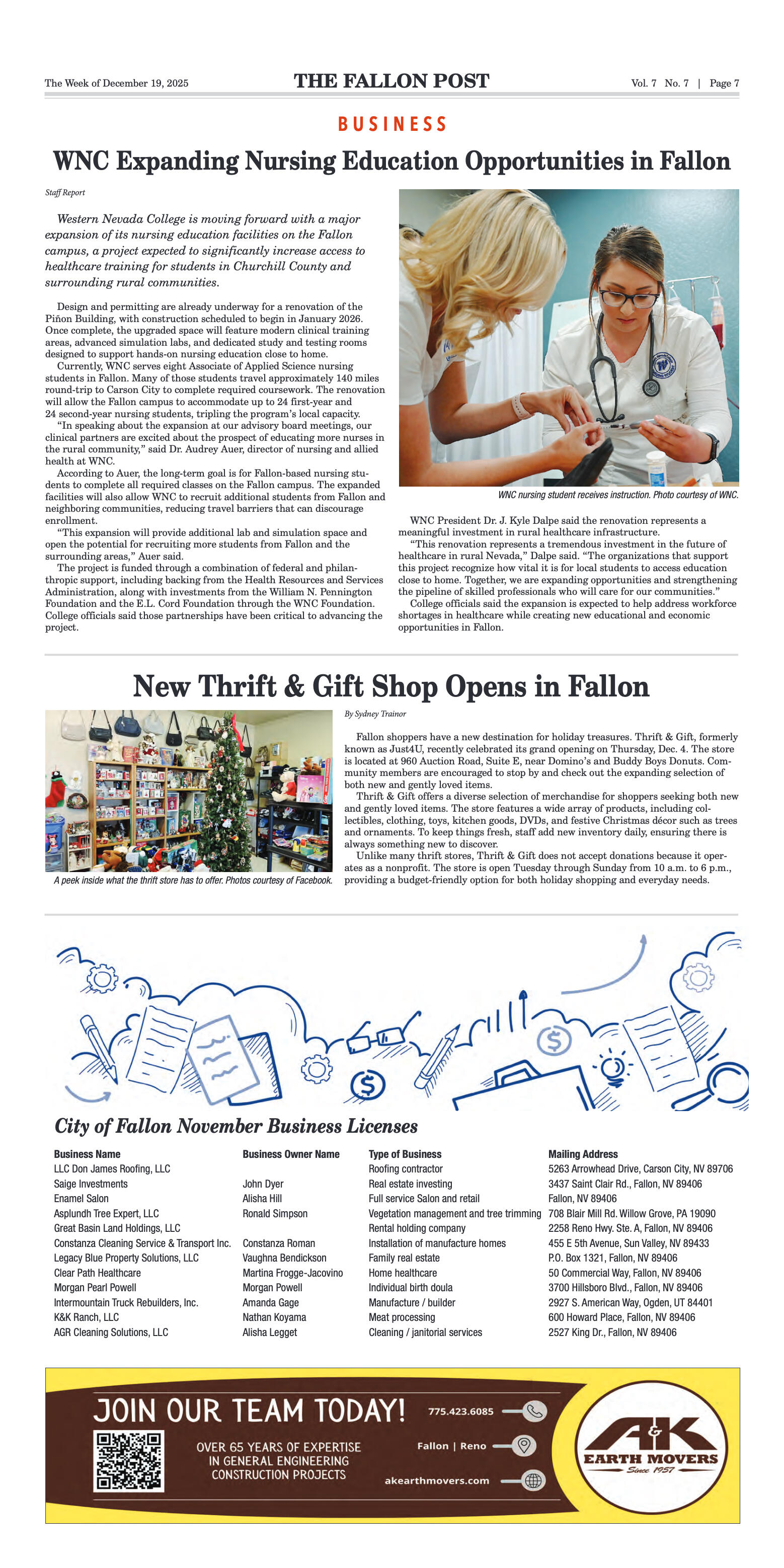
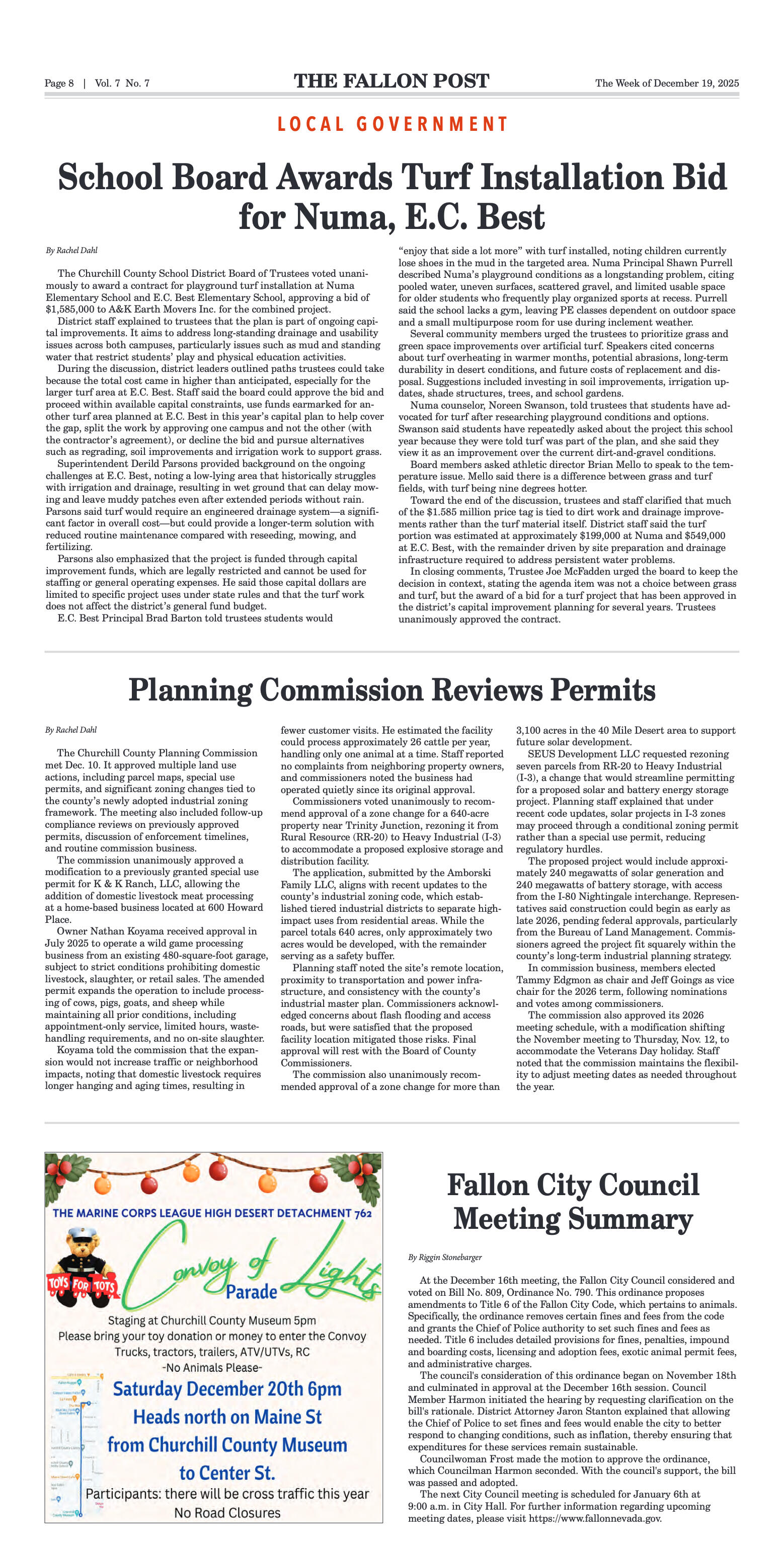
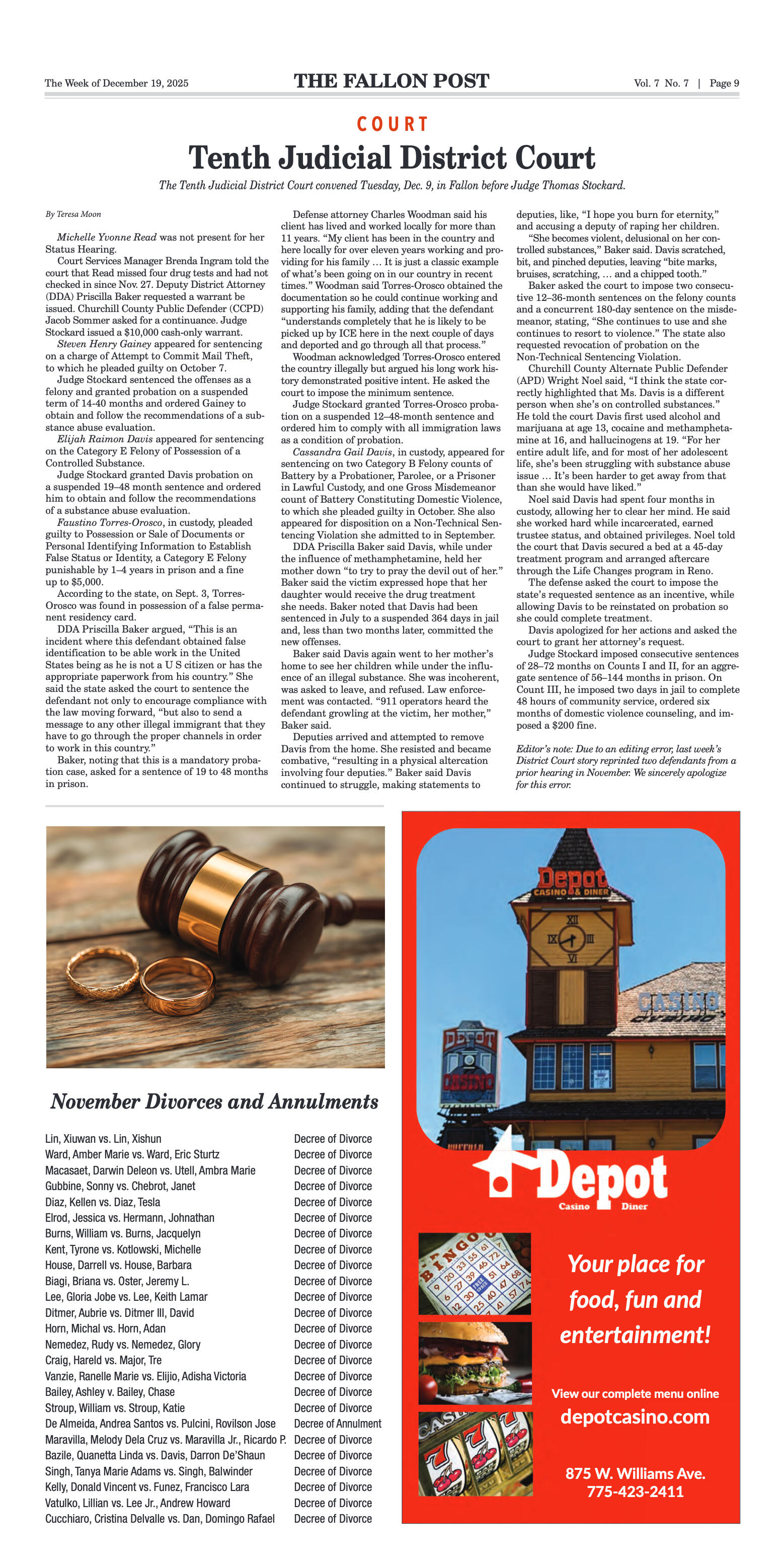
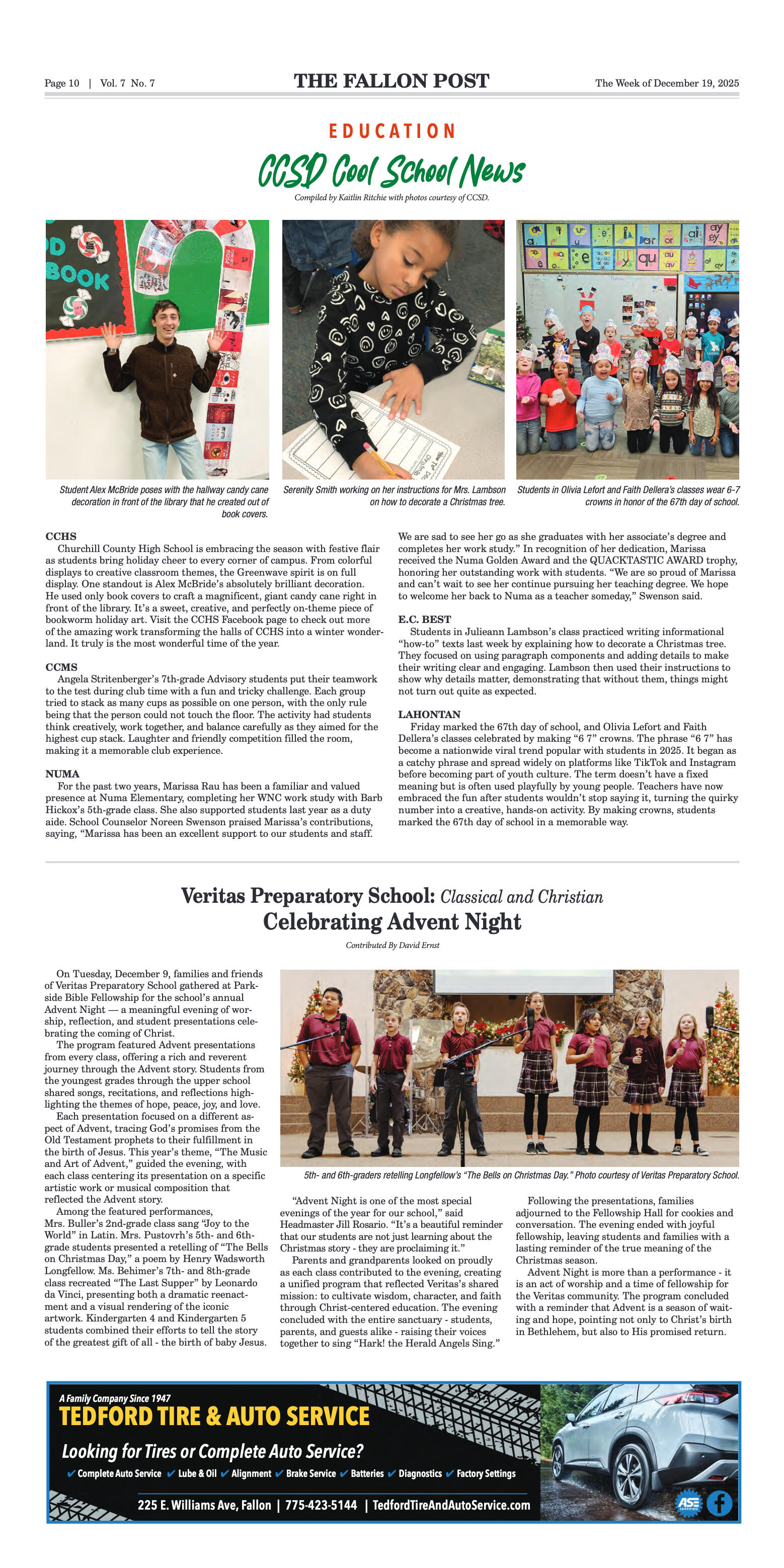
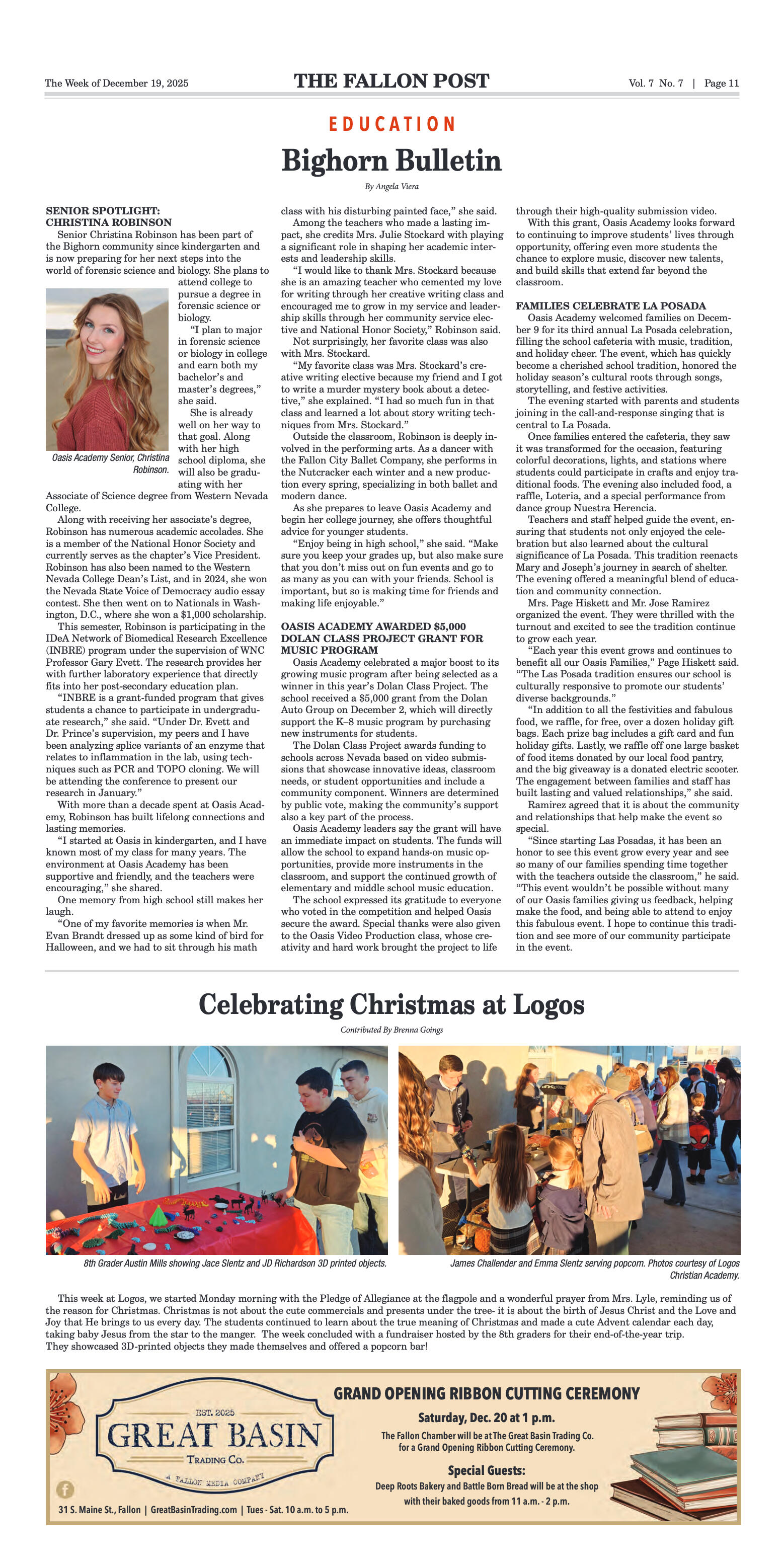
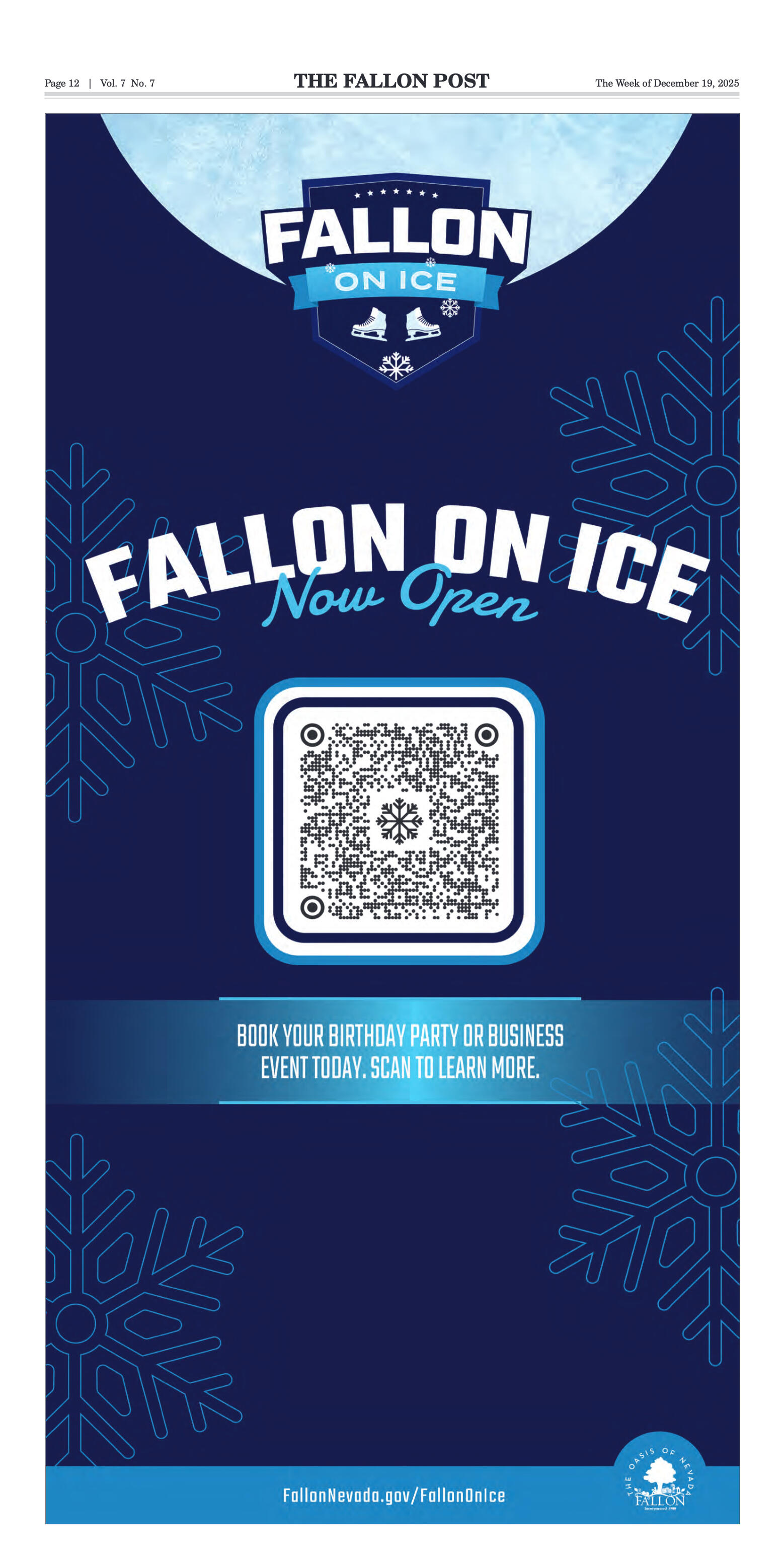
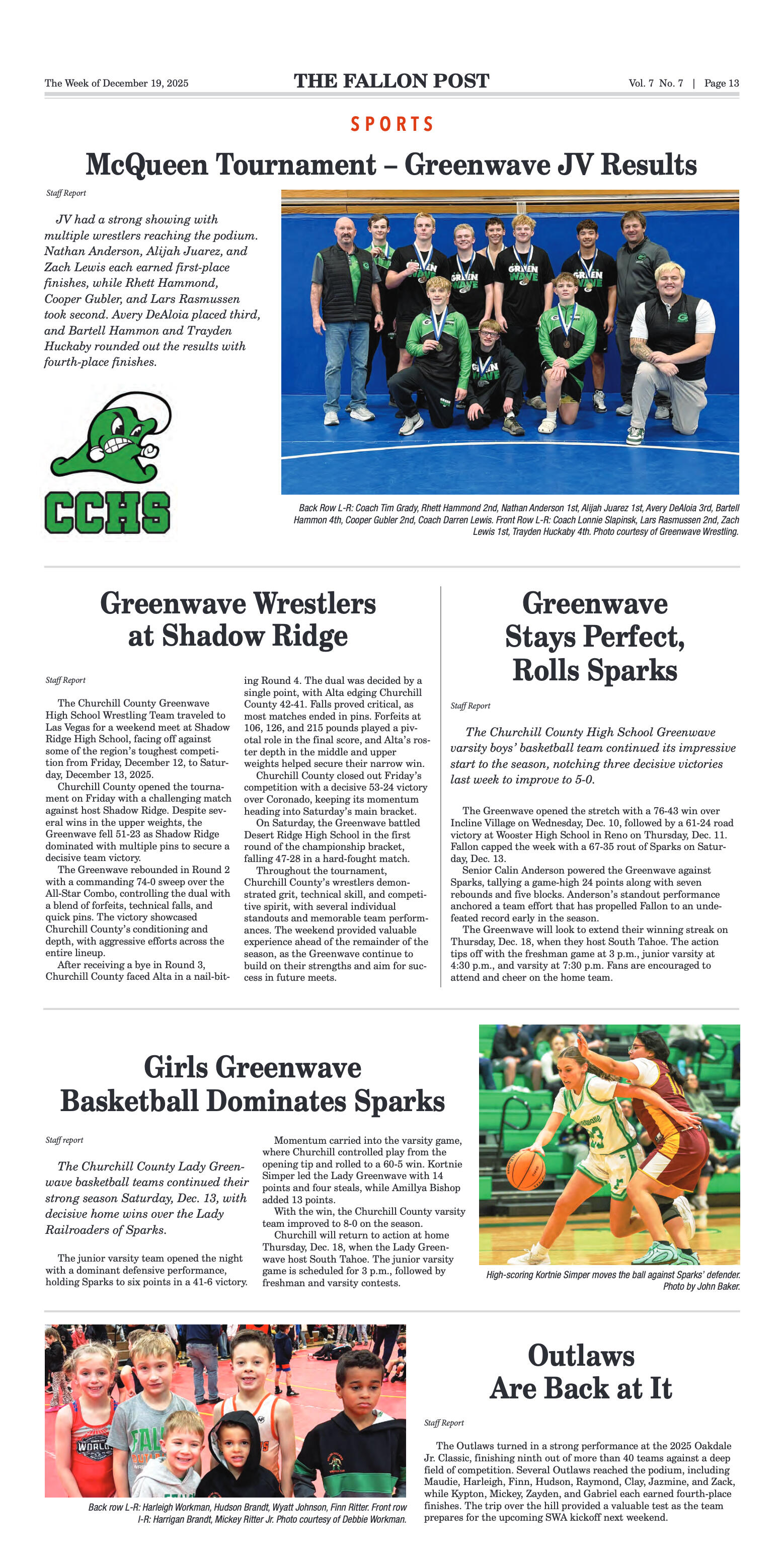
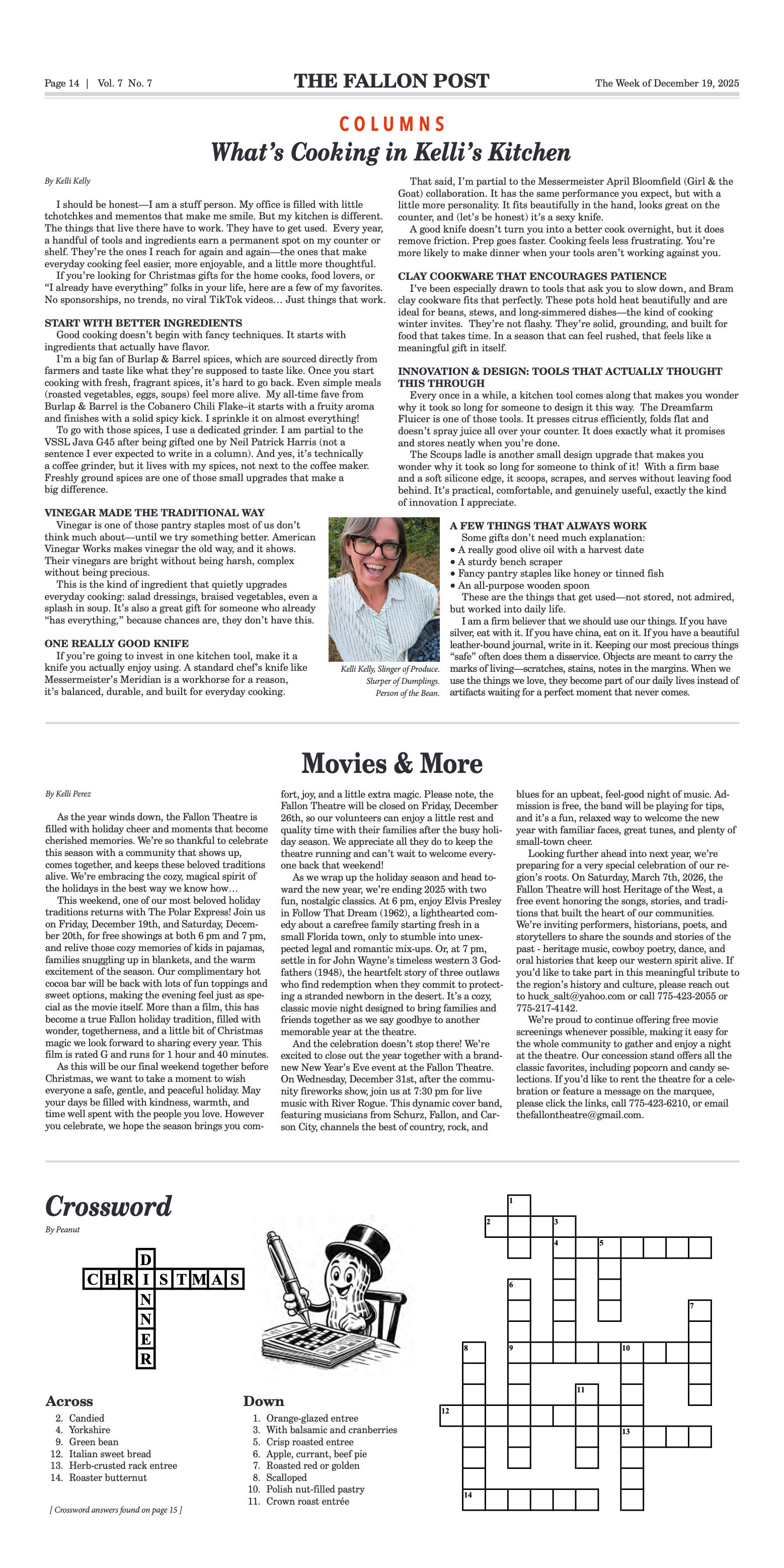
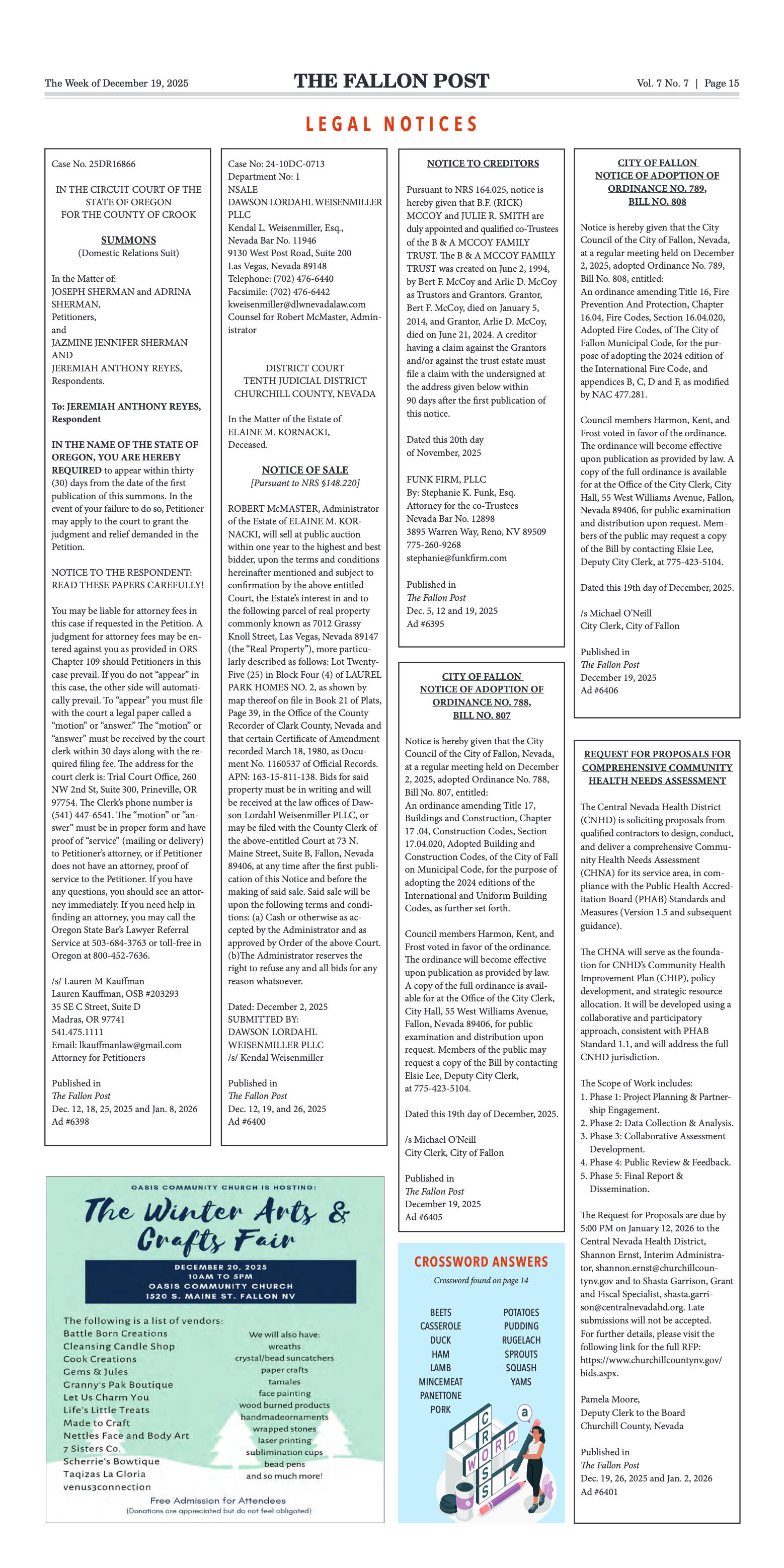
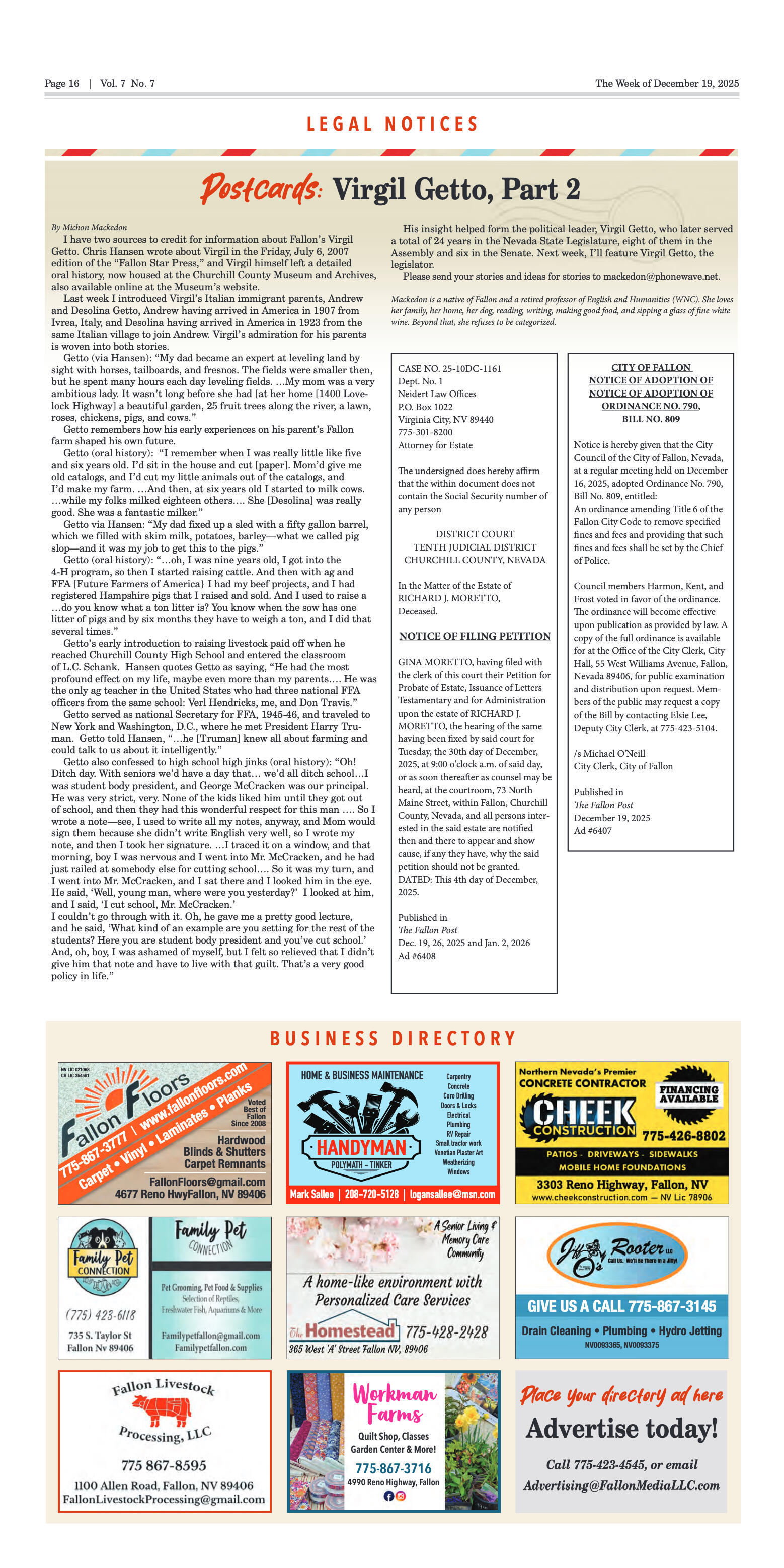




















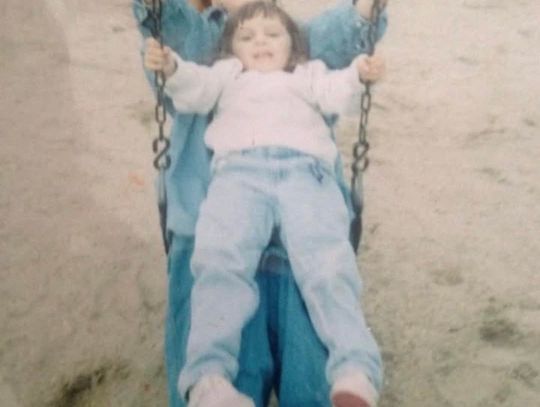
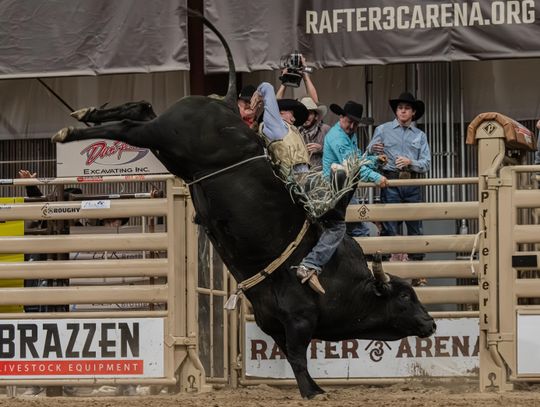

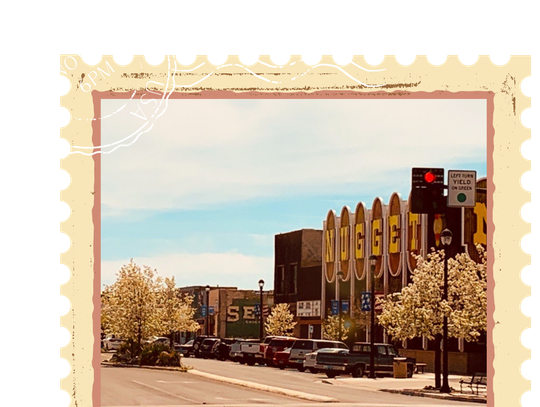



Comment
Comments